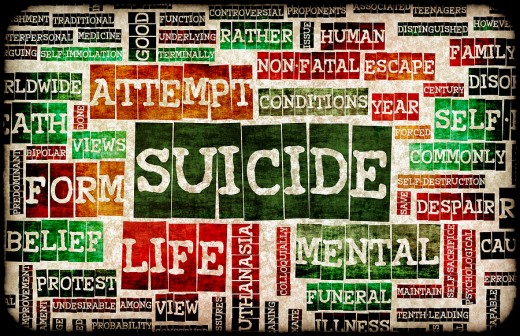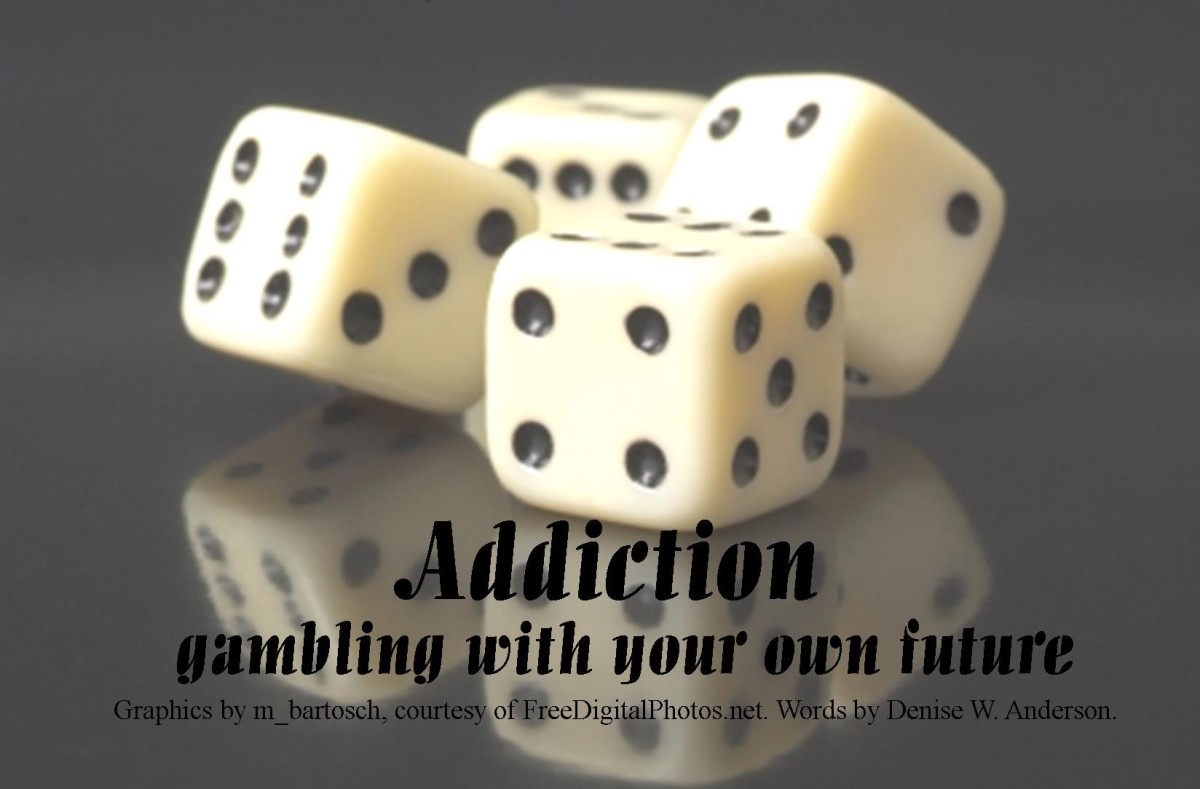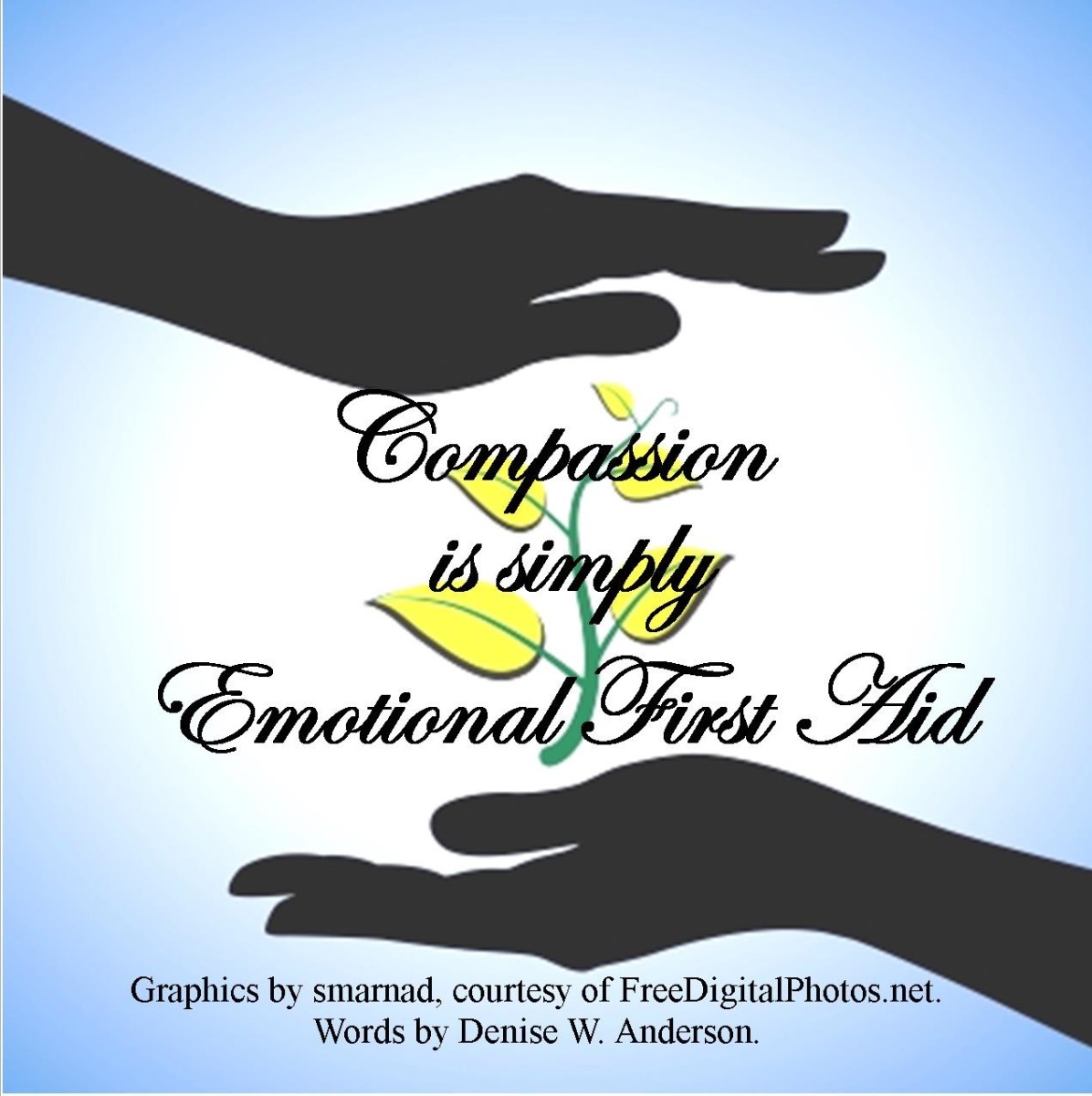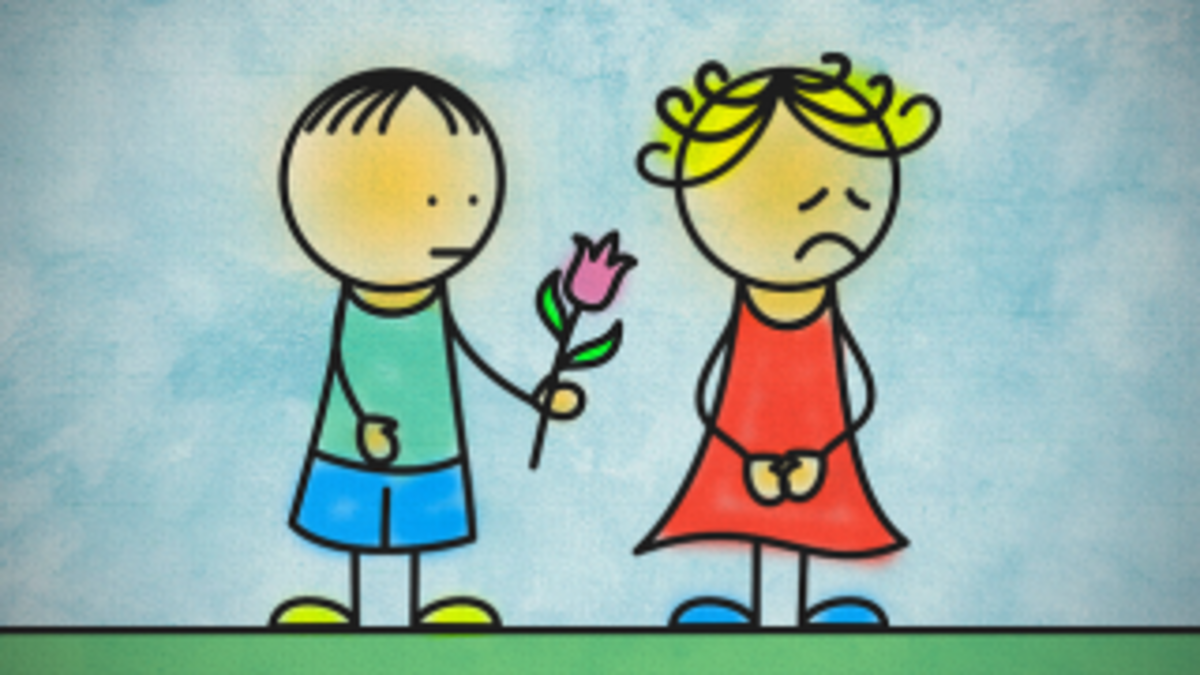The Trouble With Suicide and Extreme Emotional Distress
US Suicide Statistics

- Lifeline
National Suicide Prevention Lifeline 1-800-273-TALK (8255): Suicide hotline, 24/7 free and confidential, nationwide network of crisis centers - National Suicide Prevention Lifeline - Veterans
Veterans can call the Lifeline number, 1-800-273-TALK (8255), and press "1" to be routed to the Veterans Suicide Prevention Hotline. Also, click the link for online chat for veterans and homeless veterans.
___________________________
If you, or someone you know, is in suicidal crisis or emotional distress
please call 1-800-273-TALK (8255).
___________________________
Call for any of the following reasons:
- Suicidal thoughts
- Information on suicide
- Information on mental health/illness
- Substance abuse/addiction
- To help a friend or loved one
- Relationship problems
- Abuse/violence
- Economic problems
- Sexual orientation issues
- Physical illness
- Loneliness
- Family problems
Who should call?
- Anyone who feels sad, hopeless, or suicidal.
- Family and friends who are concerned about a loved one.
- Anyone interested in mental health treatment and service referrals.
Worldwide Suicide Statistics

Suicide Crisis
A suicide crisis is different from suicide risk. A suicide crisis is an occurrence that signals immediate danger of suicide. A person in a suicide crisis is in immediate danger of carrying out a life threatening behavior that is intended to result in loss of their life. Suicide risk is a broader term that refers to factors that are associated with suicide risk, but do not necessarily indicate immediate risk of suicide.
An emergency response is appropriate when a person is in a suicide crisis. Calling the national suicide hotline, 911 or other emergency number is appropriate.
Driving the person to the emergency room and sitting with them through the admission process is also appropriate if they are agreeable. By staying with the person through the admission process you can ensure that he or she doesn't leave, and you can share pertinent information that the person in crisis might omit. This will help the professional make a more accurate assessment of risk and needs.
DO NOT leave the person alone.
DO remove knives, guns, sharp objects, prescription and over the counter medications and any other objects that can be used for suicide.
SIGNS OF SUICIDE CRISIS:
Precipitating Event: A recent event that is especially distressing, such as a loss.
Intense Emotional State in Addition to Depression: Feeling desperate with an urgent need for relief, rage, strong emotional pain or inner tension, anxiety, guilt, hopelessness, sudden and severe sense of abandonment.
Changes in Behavior:
- Speech that suggests the person is close to suicide, such as, "My family would be better off without me," threatening, talking about or making plans for suicide, or comments that sound like the person is saying goodbye or going away.
- Actions: buying a gun or asking to borrow one, giving away prized possessions, getting one's affairs in order.
- Worsened Functioning at home, work, school or socially; increased use of alcohol or drugs; other self destructive behavior; loss of control, rage explosions.
Recognizing Depression
Depression is present if at least five or more of the following symptoms are present during a two-week period; at least one of the symptoms must be either depressed mood or loss of interest or pleasure in usual activities.
- Depressed mood
- Loss of interest or pleasure in usual activities
- Change in appetite or weight
- Change in sleeping patterns
- Speaking and/or moving with unusual speed or slowness
- Loss of interest or pleasure in usual activities
- Decrease in sexual drive
- Fatigue or loss of energy
- Feelings of worthlessness, self-reproach or guilt
- Diminished ability to think or concentrate, slowed thinking or indecisiveness
- Thoughts of death, suicide, or wishes to be dead
Suicide Risk Factors
Risk factors alone do not predict suicide. A person with these risk factors may not think about or attempt suicide. However, a person who has one or more of these risk factors, does not have any protective factors and is showing signs of suicide crisis can be considered to be at heightened, if not immediate risk for suicide. Some risk factors can be reduced in order to reduce risk, such as taking prescribed medications stopping alcohol use, or talking to a therapist. Some factors cannot change; such as a previous attempt, a trauma history or a family history of suicide or depression.
Psychiatric Disorders: 90% of people who die from suicide have one or more psychiatric disorders that are recognizable and treatable.
- Depression - Although most people with depression are not suicidal, most suicidal people are depressed. The most common combination is depression with alcohol and drug abuse.
- Bipolar Disorder
- Drug or alcohol abuse and dependence
- Schizophrenia
- Post Traumatic Stress Disorder (PTSD)
- Eating Disorders
- Personality Disorders - especially borderline and antisocial
Previous Suicide Attempt: Between 20 - 50% of people who die from suicide had previously attempted suicide. A person with a history of a past suicide attempt has a much higher risk of actually dying from suicide.
Genetic Predisposition: A family history of suicide, suicide attempts, depression or other psychiatric illnesses is a risk factor.
Neurotransmitters: Low levels of serotonin in the brain is associated with increased incidence of attempted and completed suicide in psychiatric patients. Serotonin is the neurotransmitter associated with depression. Antidepressants help correct the serotonin level.
Impulsivity: An impulsive person is more likely to act on feelings without thinking, and is more likely to act on suicidal impulses. Impulsivity is often associated with Attention Deficit Hyperactivity Disorder (ADHD), bipolar disorder, and substance use disorders.
Demographics: Men are three to five times more likely to commit suicide than women. Elderly Caucasian men have the highest suicide rates.
Risk Reduction and Protective Factors
Preventing suicide involves reducing risks and increasing protective factors. Efforts to help remove harmful objects, stop substance use, make treatment accessible and affordable, take medications as prescribed can decrease an individual's risk for suicide and decrease a community's rate of suicide. Since resistance to suicide is not permanent, efforts to reduce risk and maintain protection from suicide need to be ongoing as well.
Protective factors can include simply the absence of some risk factors, such as a person's genetic or biological characteristics, no previous suicide attempts, a pattern of thinking before acting, and a more positive and hopeful outlook on life in general. Other protective factors include:
- availability of quality care for mental, physical and substance abuse disorders
- access to care (transportation, insurance, financial support, handicap access, etc.)
- restricted access to guns, knives, medications and other means of suicide
- family and community support
- ongoing medical, mental health and sober social support
- skills in coping, problem solving, communication, feeling expression, healthy relationships
- cultural and religious beliefs that discourage suicide and value life.
The Terry Wise Story: A Suicide Attempt Survivor
by Terry Wise
"Suicide doesn’t stand alone. It doesn’t just happen as the result of nothing out of nowhere. All the things that have been on simmer in your life come to a full boil."
Terry Wise
A longer version of this video is available and strongly recommended. When viewing on You Tube, hover over the top right corner of the screen and click on the link for the longer version.
Know the Facts: What's Your Suicide IQ?
view quiz statisticsOnline References and Additional Information
- Self Directed Violence
Suicide is one of the leading causes of death worldwide and is an important public healthproblem. - Surgeon General's Call to Action to Prevent Suicide
In 1996, the year for which the most recent statistics are available, suicide was the ninth leading cause of mortality in the United States, responsible for nearly 31,000 deaths. This number is more than 50% higher than the number of homicides in the - CDC - Injury - Suicide Prevention Definitions
Suicidal behavior exists along a continuum from thinking about ending one's life ("suicidal ideation"), to developing a plan, to non-fatal suicidal behavior ("suicide attempt"), to ending one's life ("suicide"). - CDC: Preventing Suicide
Deaths and injuries from suicidal behavior represent a substantial drain on the economic, social, and health resources of the nation. Suicide accounts for $25 billion each year in direct costs, including health care services, funeral services, autops - American Federation for Suicide Prevention: Facts and Figures
In addition, it is estimated that there are from 10-20 times as many suicide attempts as suicide deaths. These suicide attempts range in intent and medical severity from mild to very severe. At a personal level, all suicide attempts, regardless of th - American Foundation for Suicide Prevention: Coping With Suicide Loss
If you have lost someone to suicide, the first thing you should know is that you are not alone. Each year over 33,000 people in the United States die by suicide -- the devastated family and friends they leave behind are known as "survivors." There ar









